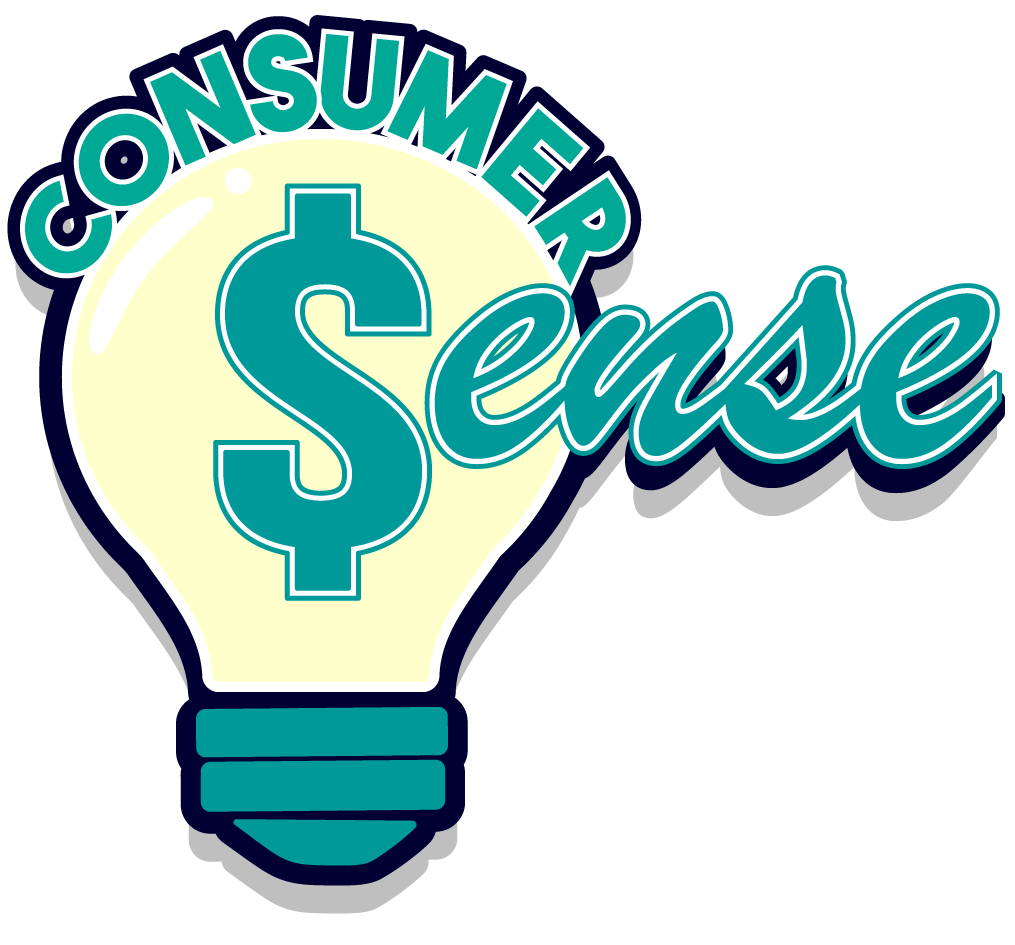Consumer Trends: Food Delivery Apps
2 min read

Author: Johnny Oliver
The Concept
It has been over a year since the COVID-19 Pandemic has begun. Since then, our entire world has changed including various consumer practices. The food industry, in particular, has been greatly affected throughout the COVID-19 Pandemic. As restaurants closed and capacity became limited, consumers began looking for an alternative that would allow them to enjoy their favorite foods from the safety and comfort of their homes. Food delivery apps allow consumers to choose from available restaurants near them through the use of their smartphone or tablet, and have drivers deliver the food to them. These apps were obviously available prior to the pandemic, and many individuals utilized them for their convenience. However, over the course of the various lockdowns, food delivery apps business has more than doubled! In light of the COVID-19 outbreak, consumers are now prioritizing efficiency and comfort more than ever, especially when ordering food. These various food delivery apps allow consumers to maximize comfort and efficiency, and will remain popular even after the pandemic fades.
How the Apps Work
Consumers can use their smartphone or tablet to navigate many food delivery apps including, Grubhub, Uber Eats, Door Dash, or even Go Puff. These convenient delivery apps allow customers to order food or snacks from surrounding restaurants. After choosing the preferred delivery app and restaurant, the consumer can browse through the menu and select which food items they want delivered and add them to the cart. The consumer can then make a payment on the order and track it until it arrives. The order is then sent to the specific restaurant where it is prepared. A delivery driver will pick up the order and drop it off to the customer. Afterwards, consumers have the opportunity to rate the delivery and leave feedback!
Statistics
Throughout the pandemic, various restaurants and businesses have been deliberately working with food delivery services because of how successful they have been. These apps have essentially kept a lot of restaurants in business. Door Dash, Postmates, Uber Eats, and Grubhub have brought in $5.5 billion in combined revenue from April-September of 2020. This was more than double their combined revenue for 2019. In addition, a recent survey from A Cowen & Co. conducted in July shows that out of 2,500 consumers, 52% would avoid restaurants even after they fully open up. Statistics show that in 2020, revenue for the global online food delivery market reached $136.4 billion in 2020 and is projected to increase with the figure rising to $182.3 billion by 2024.
The Future of Food Delivery Apps
Food delivery apps have an optimistic future; however, this does not come without challenges. These apps have a difficult time remaining profitable. Door Dash has lost money in every year of its existence and Uber Eats has lost $183 million in its third quarter. In addition, once the pandemic ends, more restaurant owners might end their partnerships with delivery apps because commissions are cutting into profits. These apps are also in fierce competition with one another. Only the apps that prioritize research and development, and connect with the most users will remain relevant. While there are evident challenges ahead, the food delivery app industry is still very optimistic. Over the course of the pandemic, consumers have grown accustomed to the convenience and comfort provided by these apps. Once the pandemic ends, consumers will continue to prioritize the apps that provide the most value and are the easiest to use. There is a lot of room for growth in this industry, and projections are painting an optimistic picture!
What is your favorite food delivery app? Leave us a comment!
For more tips and marketplace updates:





